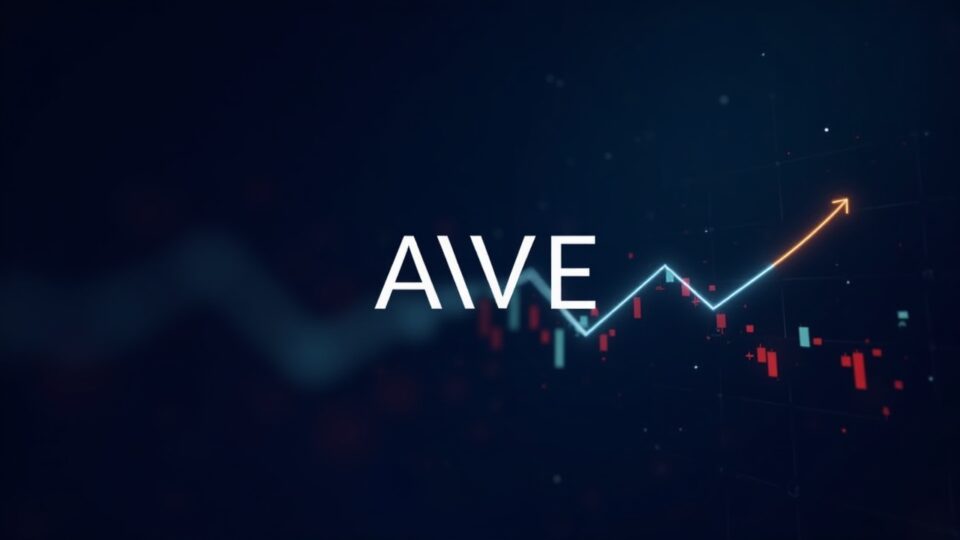The AAVE token price suffered a significant 8% correction during the last market session. This drop occurs within a context of widespread weakness across digital assets. Most notably, the decline happens despite the growing momentum in DeFi protocols focused on Real-World Assets (RWA). The divergence between technological development and price action is raising concern among investors and institutional treasury managers, according to recent market data.
The hard data shows a notable contraction. The native token of the popular DeFi lending protocol lost 8% of its value, trading in the red alongside most major crypto assets. This weakness starkly contrasts with the advancements in RWA tokenization. Firms in the sector continue to test protocols that accept invoices, bonds, and credits as collateral.
However, this progress in integrating traditional assets on-chain failed to shield the AAVE token price from short-term selling pressure. The RWA narrative, while positive long-term, appears insufficient to guide the price when overall market sentiment is negative. This decoupling highlights an incipient maturity, where technological fundamentals do not always reflect immediately in valuation.
Furthermore, the situation was aggravated by reports of technical failures in querying market data (error 402), which limits real-time analysis capabilities. This lack of updated figures forces operators to act with extreme caution before making tactical decisions or rebalancing exposed portfolios.
What does this drop mean for institutional treasuries?
The impact of volatility extends beyond retail traders. For institutional treasuries holding AAVE as part of their reserves, the 8% drop worsens the valuation of their assets. This forces an immediate review of their portfolio composition to mitigate risk and, above all, to preserve necessary operational liquidity.
On the other hand, the decline in the AAVE token price reduces the value of leveraged positions, increasing the risk of cascading liquidations. It also tightens the liquidity available in derivatives pools, which can increase slippage on large orders and make trade execution more expensive. Those trading futures or perpetuals must closely monitor funding rates and open interest.
This situation underscores the critical need for multiple reliable data sources before managing treasury funds or adjusting hedges in such a volatile market. The current weakness in the AAVE token price tests the resilience of institutional strategies built on DeFi.

